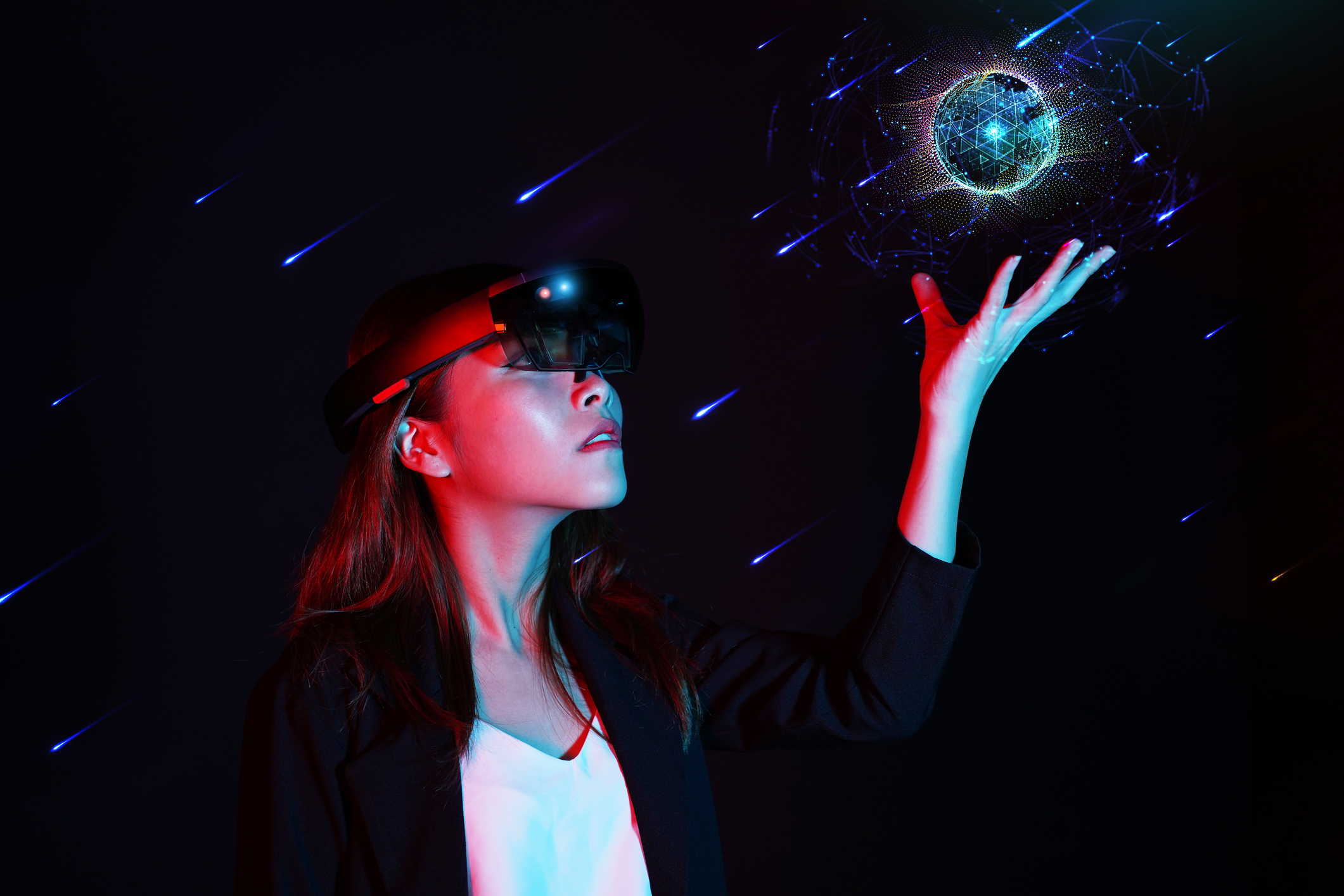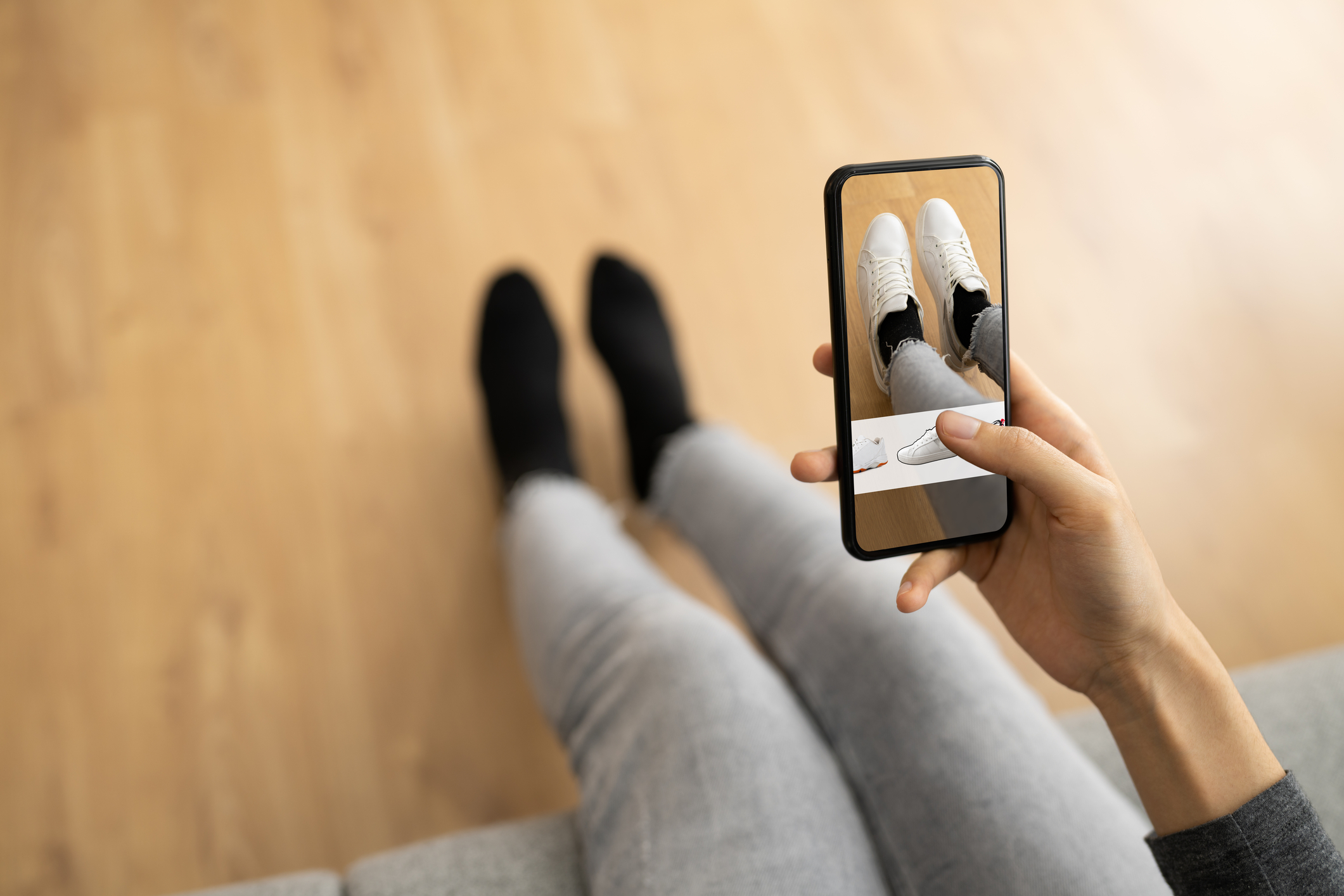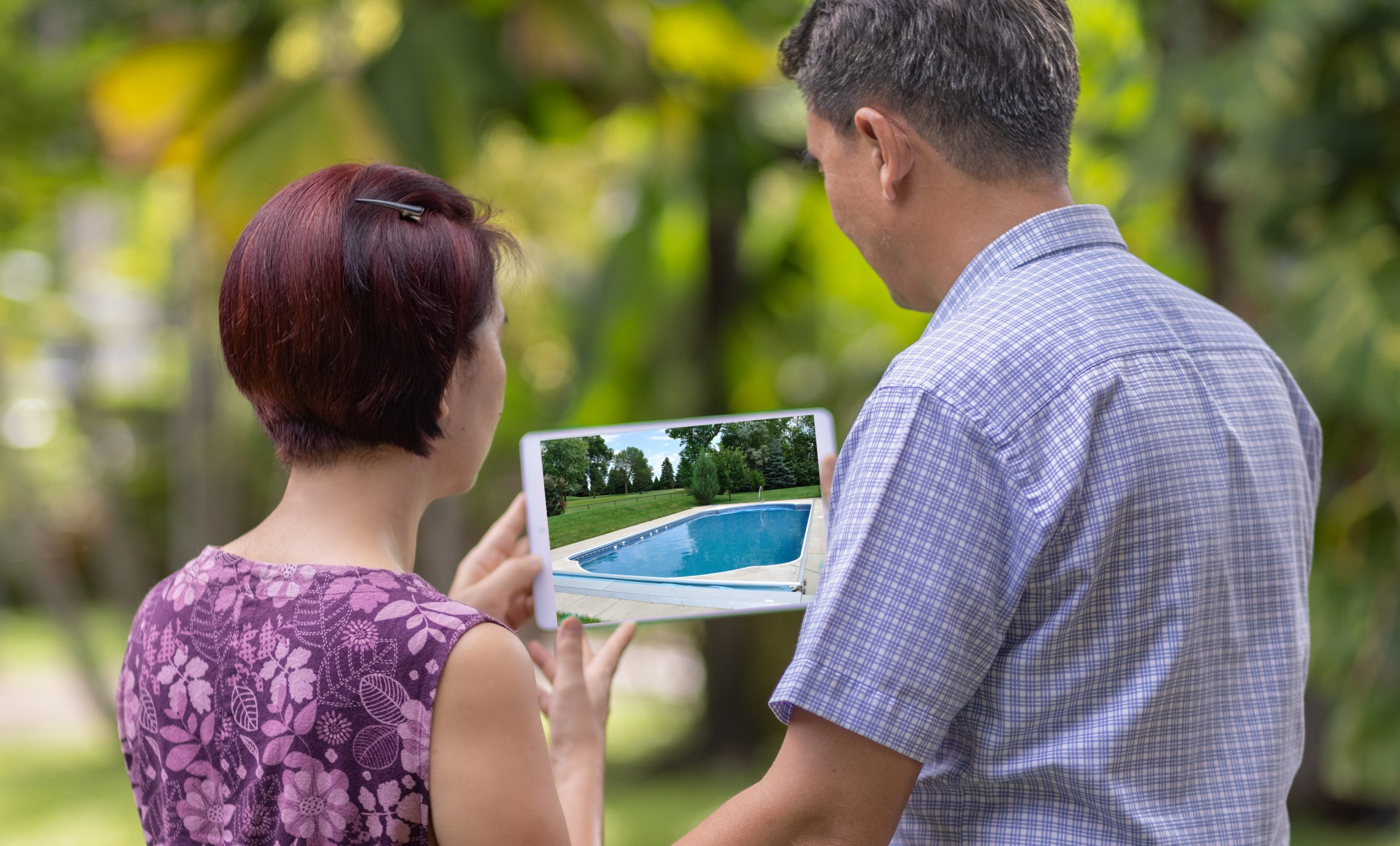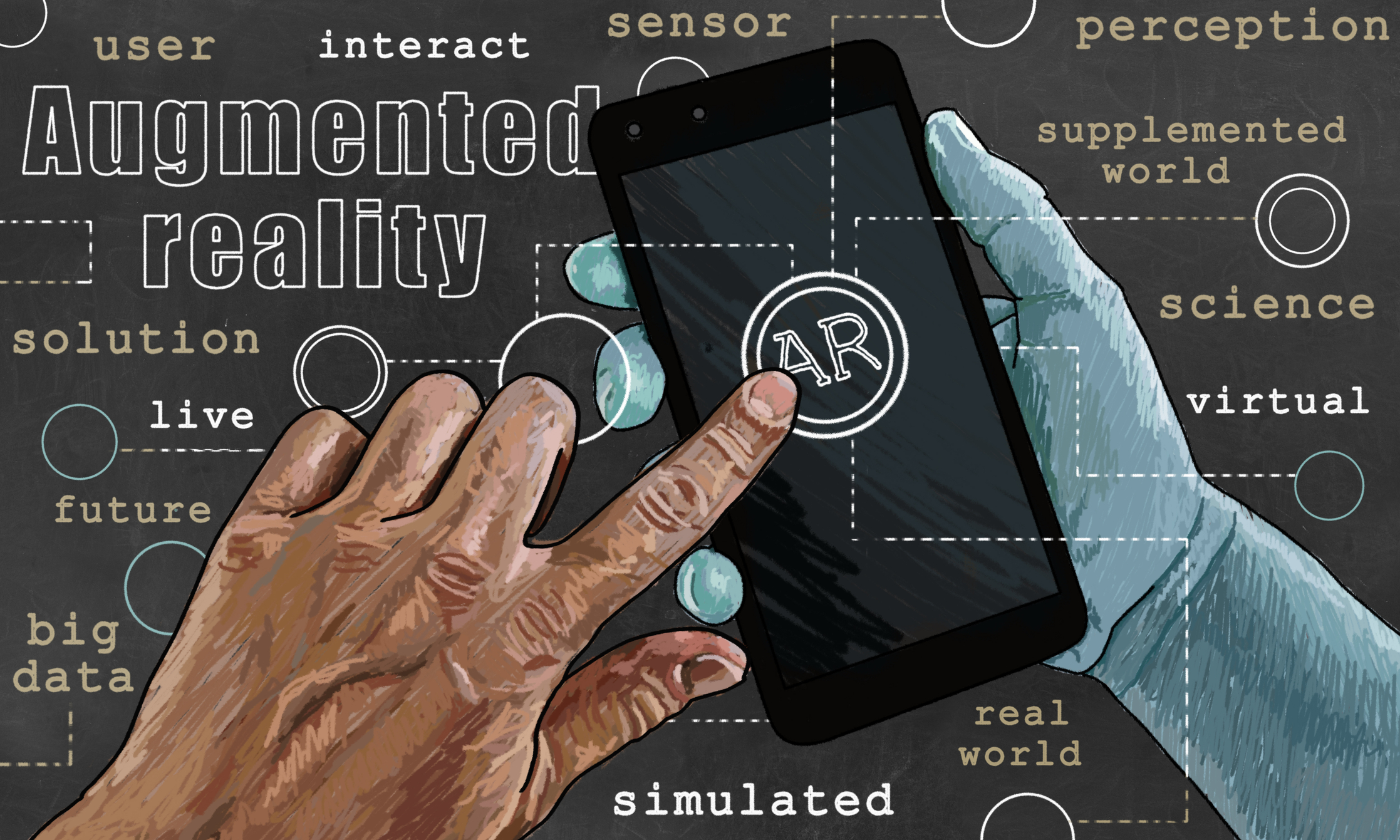
The Difference between Augmented Reality, Virtual Reality, and Mixed Reality
There is a lot of information on augmented reality (AR), virtual reality (VR), and even mixed reality (MR). So, it can be hard to understand what each of these is and how they can benefit your business. The pros and cons of each reality differ, so you must decide which one will optimize your business model better: AR, VR, or MR. Let’s dive into the differences between these realities.
The Differences
Augmented Reality
Augmented reality allows the user to view a new digital element in their own real-life setting, usually by using a smartphone camera or tablet. One example of AR that is becoming increasingly popular is AR shopping where consumers can view furniture, clothing, or even try-on makeup before purchasing.
Apps like Snapchat also overlay various filters that combine AR with the real world. A popular AR game, Pokémon Go, allows users to capture and battle different Pokémon in their own home, backyard, or their nearest park using their phone’s camera. The Pokémon will appear on the screen around the gamer’s real-world setting combining.
Virtual Reality
Virtual reality allows the user to completely leave their real-world setting and become fully immersed in a fictional environment. VR works by using your senses, most often your vision, to make you think you are in a different fictional world.
VR gaming headsets, such as the Oculus, are popular among gamers as they can be standing in their bedroom but looking at a 360-degree view of a made-up world filled with dragons and knights.
Mixed Reality
Mixed reality combines elements of both AR and VR. Individuals interact with both a digital world while also incorporating details of their real world.
Microsoft’s HoloLens is an example of mixed reality technology. The HoloLens allows users to put on the glasses that will then show different holograms in front of them. Users can then touch and move the holograms with their hands. This type of technology has helped in the manufacturing, construction, healthcare, and even educational world.
The Future of Marketing
Your business’s marketing strategy may change in the future with an understanding of the differences between AR, VR, and MR. Your customers can view your products and interact with them in ways never possible with traditional photoshoots.
Unlike VR, AR models allow you to show your potential clients how your products will look in their own homes. Also, AR models will show small details previously hidden in standard photography, such as textures.
How The Realizers Can Help
Here at The Realizers, we want your customers to be able to have a direct view of their physical, real-world setting and be able to see and interact with your products. You can now allow your customers to connect with your furniture, garage doors, cabinets, and other products within their homes by using AR models and virtual photography.
Our artists use lighting, textures, shadows, and reflections to bring the AR models to life. For example, your customer’s emotional connection is created when they see the pool they are planning to build in their backyard. Our team can turn your products into AR models that your customers can experience. Request a demo today to find out how.


